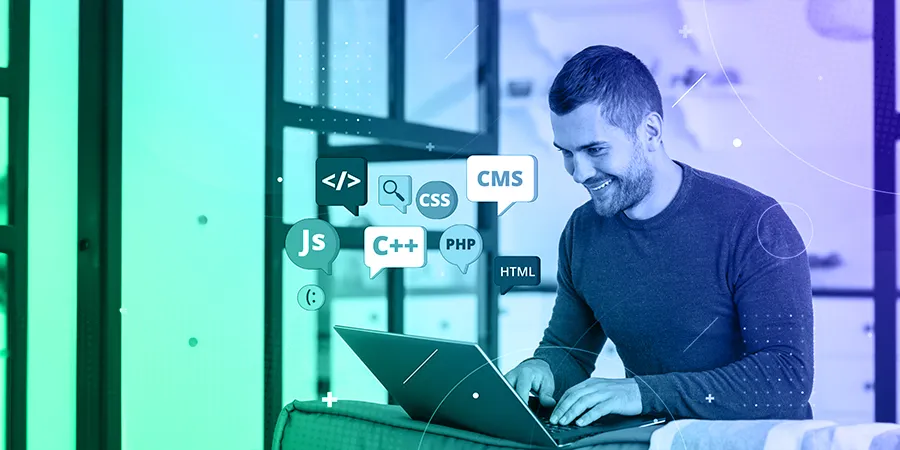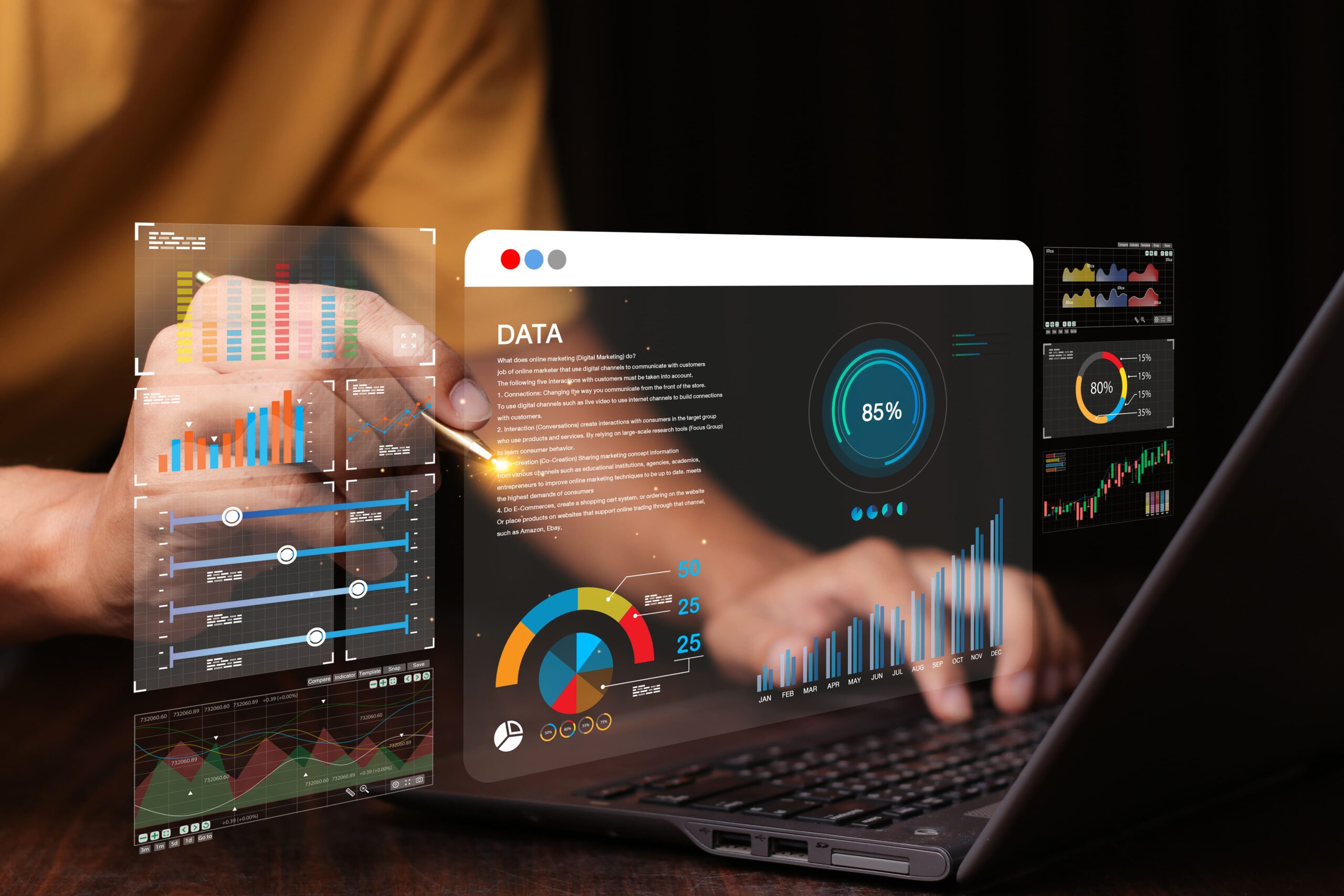SaaS Product Development: A Comprehensive Guide
Introduction
The software-as-a-service (SaaS) model has caused a revolution in how companies provide and use software. From customer relationship management platforms such as Salesforce to collaborative tools like Slack and Zoom, SaaS products now form a key part of today’s digital economy. Whether you’re a startup founder or a product manager in an enterprise, you need to know the ins and outs of SaaS product development to create apps that can grow, are secure, and easy to use. This guide explains the SaaS development process, points out best practices, and gives real examples to help you build a successful SaaS product.
What is SaaS Product Development?

SaaS product development involves creating, building, launching, and keeping up software apps that live in the cloud and reach users through the internet with subscription plans. Unlike traditional software that you install on local machines, people can use SaaS products through web browsers or phone apps. A big part of SaaS development is the emphasis on continuous delivery, multi-tenancy architecture, and ease of onboarding. Teams must think about both the tech side and how customers feel to stay ahead of others.
Benefits of SaaS Products
- Scalability: Cloud-native infrastructure allows you to scale users and resources dynamically.
- Lower Initial Costs: No need for extensive hardware or upfront software licenses.
- Regular Updates: Continuous deployment pipelines enable fast iteration and updates.
- Accessibility: Users can access the service from anywhere, using any device.
- Predictable Revenue Model: Subscription billing creates stable cash flow.
Gartner projects that SaaS will continue to dominate the cloud services market, reaching $232 billion by 2025. Businesses prefer SaaS due to the low total cost of ownership, improved collaboration, and rapid innovation cycles.
Phases of SaaS Product Development
1. Market Research and Validation
Before writing any code, you must validate your idea:
- Identify a target audience and pain points
- Analyze competitors
- Build user personas
- Conduct surveys and interviews
Understanding user needs early reduces costly pivots later in development. A prototype or minimum viable product (MVP) helps gauge real interest.
2. Planning and Requirements Gathering
Establish project scope, technology stack, key features, user roles, and compliance requirements. Create a product requirements document (PRD) and start sketching UI/UX wireframes.
Include goals like system uptime, response time, and onboarding duration. Bring in cross-functional teams—design, development, and marketing—to ensure a well-rounded strategy.
3. Design and Prototyping
- Use tools like Figma or Adobe XD for wireframes and interactive prototypes
- Build a design system for consistency
- Validate design through usability testing
User-centric design is a differentiator in competitive SaaS markets. The design phase should emphasize intuitiveness, minimal onboarding, and responsiveness across devices.
4. Architecture and Tech Stack Selection
Typical stack:
- Frontend: React, Vue.js, Angular
- Backend: Node.js, Django, Ruby on Rails
- Database: PostgreSQL, MongoDB
- Cloud Providers: AWS, Azure, Google Cloud
Microservices and containerization (Docker, Kubernetes) enable scalability and modularity. A good SaaS architecture also supports feature toggling, multitenancy, and role-based access.
5. Development and Testing
- Follow Agile or Scrum methodologies
- Use CI/CD pipelines (e.g., GitHub Actions, Jenkins)
- Prioritize automated testing (unit, integration, end-to-end)
- Include feature flagging and A/B testing for gradual rollouts.
Testing and deployment should be designed for speed and resilience. Real-time monitoring helps detect issues early and reduce downtime.
6. Security and Compliance
SaaS products often handle sensitive data:
- Implement OAuth 2.0, multi-factor authentication
- Ensure compliance with GDPR, HIPAA, SOC 2, etc.
- Perform regular security audits and penetration testing
Security needs to be embedded in every stage of development. Encryption, secure coding practices, and data segregation are critical.
7. Deployment and Monitoring
- Use infrastructure-as-code (Terraform, AWS CloudFormation)
- Track performance using observability tools like New Relic or Datadog.
- Set up alerting systems to catch downtimes and errors early
Deployments should be zero-downtime and automated. Log analysis and user behavior tracking offer insights for future improvements.
8. Maintenance and Scaling
- Roll out new features based on user feedback
- Optimize performance (e.g., database queries, caching)
- Scale horizontally using load balancers and microservices
A SaaS product is never “done.” Ongoing support, customer service, and innovation are vital to long-term retention.
Pricing Models
Common SaaS pricing strategies:
- Freemium: Free basic version, paid premium features (e.g., Dropbox)
- Tiered Pricing: Multiple pricing levels based on usage or features (e.g., HubSpot)
- Per-User Pricing: Charges based on number of users (e.g., Slack)
- Usage-Based: Pay-as-you-go for services like API calls (e.g., AWS)
Choosing the right model requires understanding customer willingness to pay and aligning pricing with delivered value.
Challenges in SaaS Product Development
- Churn Management: Retaining users is more cost-effective than acquiring new ones
- Performance at Scale: Traffic spikes can impact user experience
- Integration with Other Tools: APIs and third-party services must be stable
- Security: Frequent updates and data storage increase vulnerability
- User Onboarding: A seamless experience is critical to reduce churn
Additionally, competition in SaaS is fierce. Differentiating your product through niche focus, better UX, or excellent support can drive growth.
Case Studies
1. Slack
Slack’s MVP focused on messaging, file sharing, and simple UI. Early beta testing helped refine the product before public release. Slack grew rapidly by integrating with popular tools like Google Drive and Trello.
2. Dropbox
Started with a freemium model. The referral program and simple user interface helped it scale quickly. Technical focus on file synchronization and offline access solved major user pain points.
3. Shopify
Built with Ruby on Rails, Shopify allowed non-technical users to launch eCommerce stores. Its SaaS platform now supports over 1.7 million merchants globally, offering plug-ins and extensive documentation.
4. Canva
Focused on democratizing design, Canva used real-time collaboration and a drag-and-drop UI to appeal to non-designers. The SaaS platform scaled by adding education and enterprise plans.
These examples underscore the importance of solving specific problems and growing through user feedback loops.
Best Practices for SaaS Development
Following best practices in SaaS development ensures your product is reliable, scalable, and user-focused from the start. These principles help reduce risk, speed up iteration, and lay a strong foundation for long-term growth.
- Start Small: Launch with an MVP to validate core assumptions
- Collect Feedback Continuously: Use analytics and user interviews
- Design for Scalability: Use modular architecture from the beginning
- Prioritize Security: From authentication to data encryption
- Monitor and Iterate: Set KPIs like churn rate, lifetime value (LTV), and activation rate
Also, foster a customer success team that ensures users derive full value from your product. High engagement correlates with lower churn and higher revenue.
Conclusion
Creating SaaS products involves many aspects combining product strategy, design thinking, and cloud engineering. Companies can develop powerful products that fulfill user needs and succeed in the long run by sticking to a structured development process and prioritizing scalability, security, and user experience.
Whether you’re starting a new SaaS company or growing your digital product line, a thorough approach helps you stay ahead in a fast-changing market. As trends like AI integration personalized experiences, and data-driven choices gain momentum, the SaaS industry looks set for more breakthroughs and possibilities in the future.



